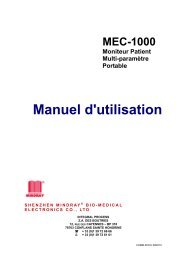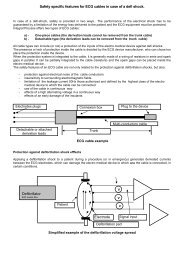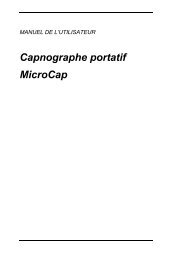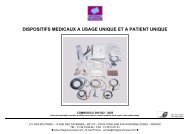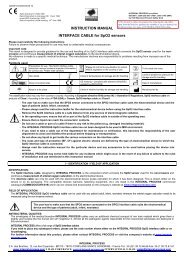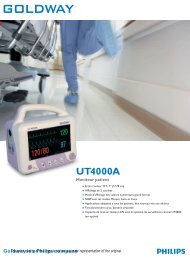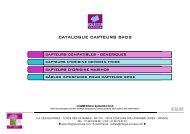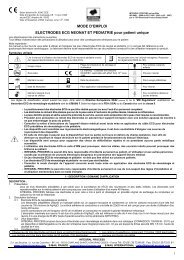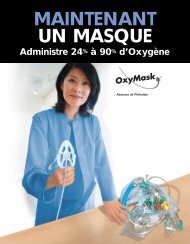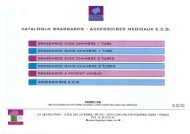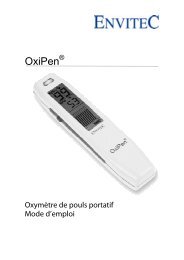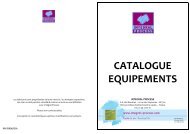TNO Finger Pressure Reference Guide - Integral Process
TNO Finger Pressure Reference Guide - Integral Process
TNO Finger Pressure Reference Guide - Integral Process
Create successful ePaper yourself
Turn your PDF publications into a flip-book with our unique Google optimized e-Paper software.
<strong>TNO</strong> <strong>Finger</strong> <strong>Pressure</strong> <strong>Reference</strong> <strong>Guide</strong> 102 Measurement principle2.1 IntroductionPortapres and Finometer use the volume-clamp method, originally described by theCzech physiologist Jan Peñáz [PEÑÁZ 1969, PEÑÁZ 1973], to measure bloodpressure in the finger in a manner similar to Finapres. In this method the diameterof an artery under a cuff wrapped around the finger is kept constant (clamped), inspite of the changes in arterial pressure during each heart beat. Changes in arterialdiameter, detected by means of an infrared photo-plethysmograph built in thefinger cuff, are opposed by a fast pressure servo controller that changes pressure inan inflatable air bladder, which is also mounted in the finger cuff. An expert systemis used, Physiocal [WESSELING 1995], to define and maintain the correct diameterat which the finger artery is clamped. The volume-clamp method, and thePhysiocal algorithm are addressed in this chapter.2.2 <strong>Finger</strong> cuffPortapres and Finometer use wraparound finger cuffs.adebcabcdeAir hose connectorCuff cable connectorCuff air bladderLight detector (Photo Diode)Light source (Light Emitting Diode,LED)Figure 2.1 <strong>Finger</strong> cuffThe main components of the finger cuff are an inflatable air bladder, and aplethysmograph consisting of a light source and a light detector. The light source is



